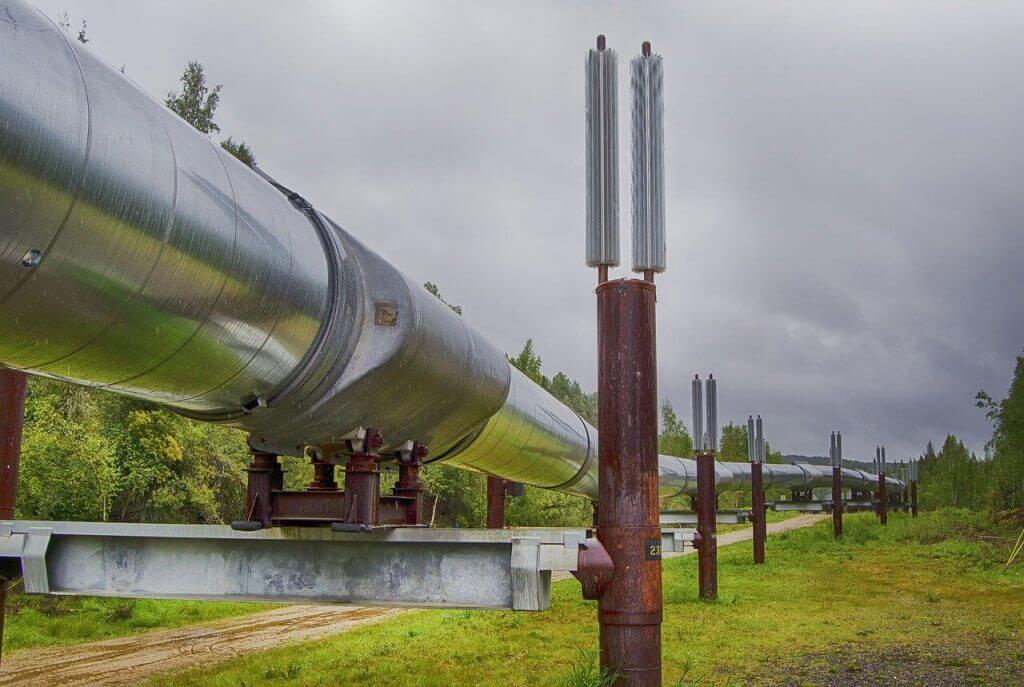Introduction
Oil and gas pipelines play a critical role in transporting energy across vast distances, ensuring the smooth flow of essential resources that power industries and homes. However, the integrity of these pipelines is crucial, as failures can lead to catastrophic consequences, including environmental disasters, safety hazards, and significant financial losses. To prevent such issues, surveying in oil and gas pipeline safety is an indispensable practice. Accurate surveys not only help in the initial design and placement of pipelines but also ensure ongoing maintenance and monitoring. Through meticulous surveying techniques, potential risks are identified, and proactive measures are implemented to prevent failures before they occur. In this article, we will explore how surveying is a key factor in maintaining the safety and longevity of oil and gas pipelines.
The Basics of Pipeline Surveying
- What is pipeline surveying?
- Types of surveys: Route surveys, land surveys, topographical surveys, geotechnical surveys, and environmental surveys
- Methods and tools used in pipeline surveying (GPS, LiDAR, drones, etc.)
Common Causes of Pipeline Failures
- Environmental factors: soil erosion, landslides, floods, temperature fluctuations
- Human factors: poor design, installation errors, inadequate maintenance
- Corrosion and aging of pipeline materials
- Ground movement and seismic activity
How Surveying Helps Identify and Prevent Failures
- Identifying potential risk zones through surveys
- Providing accurate data for proper pipeline placement
- Ensuring compliance with regulatory standards
- Monitoring environmental factors that could impact the pipeline over time
- Integration of surveying with predictive maintenance strategies
The Role of Geotechnical Surveys in Preventing Failures
- Understanding the geological and soil characteristics of pipeline routes
- Geotechnical surveys’ role in determining ground stability and risks
- How geotechnical surveys help in avoiding landslides, soil settlement, and other structural problems

Technological Advancements in Surveying for Pipeline Safety
- The role of satellite technology, drones, and remote sensing in pipeline surveying
- The rise of automation and AI in predictive failure prevention
- Case studies showcasing successful technology use in survey-based failure prevention
Case Studies of Surveying Preventing Pipeline Failures
- Real-life examples where surveys helped avert pipeline disasters
- Lessons learned from past incidents
- The financial and environmental cost of neglecting proper surveying
Regulatory Requirements and Standards for Pipeline Surveying
- Overview of industry regulations regarding pipeline surveying (e.g., ASME, API, PHMSA)
- The importance of adhering to surveying standards for safe pipeline operation
- Consequences of non-compliance
Surveying for Pipeline Maintenance and Integrity Management
- The role of surveying in ongoing pipeline maintenance
- Monitoring pipeline health using regular surveys
- Detecting early signs of corrosion, cracks, or other structural issues
- Integrating surveying into long-term pipeline integrity management
Challenges and Limitations of Surveying in Pipeline Safety
- Difficulties in surveying in remote or hazardous areas
- Weather and environmental challenges
- Cost and logistical challenges in large-scale pipeline projects
The Future of Surveying in Oil and Gas Pipeline Safety
- Innovations on the horizon in surveying technology
- The role of AI and machine learning in pipeline monitoring
- How the energy industry is evolving to prioritize pipeline safety through advanced surveying methods
Conclusion
- Recap of the importance of surveying in preventing pipeline failures
- Final thoughts on best practices, technological advancements, and the future of pipeline safety
